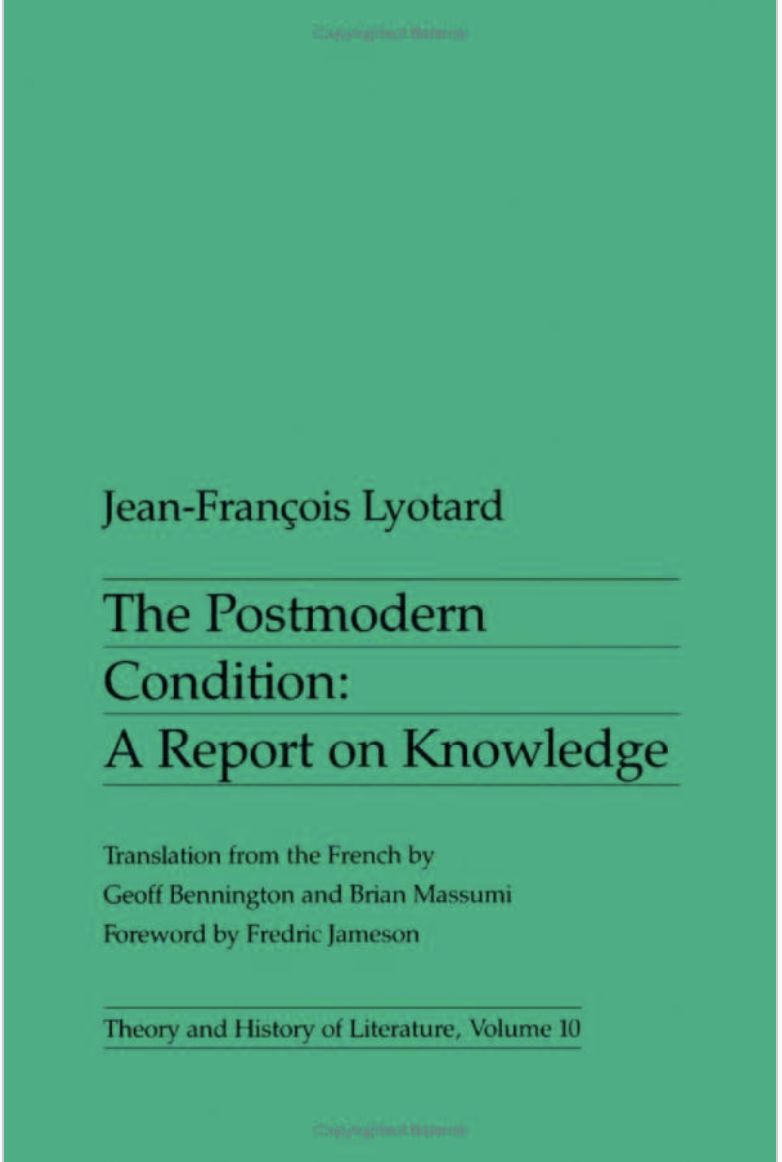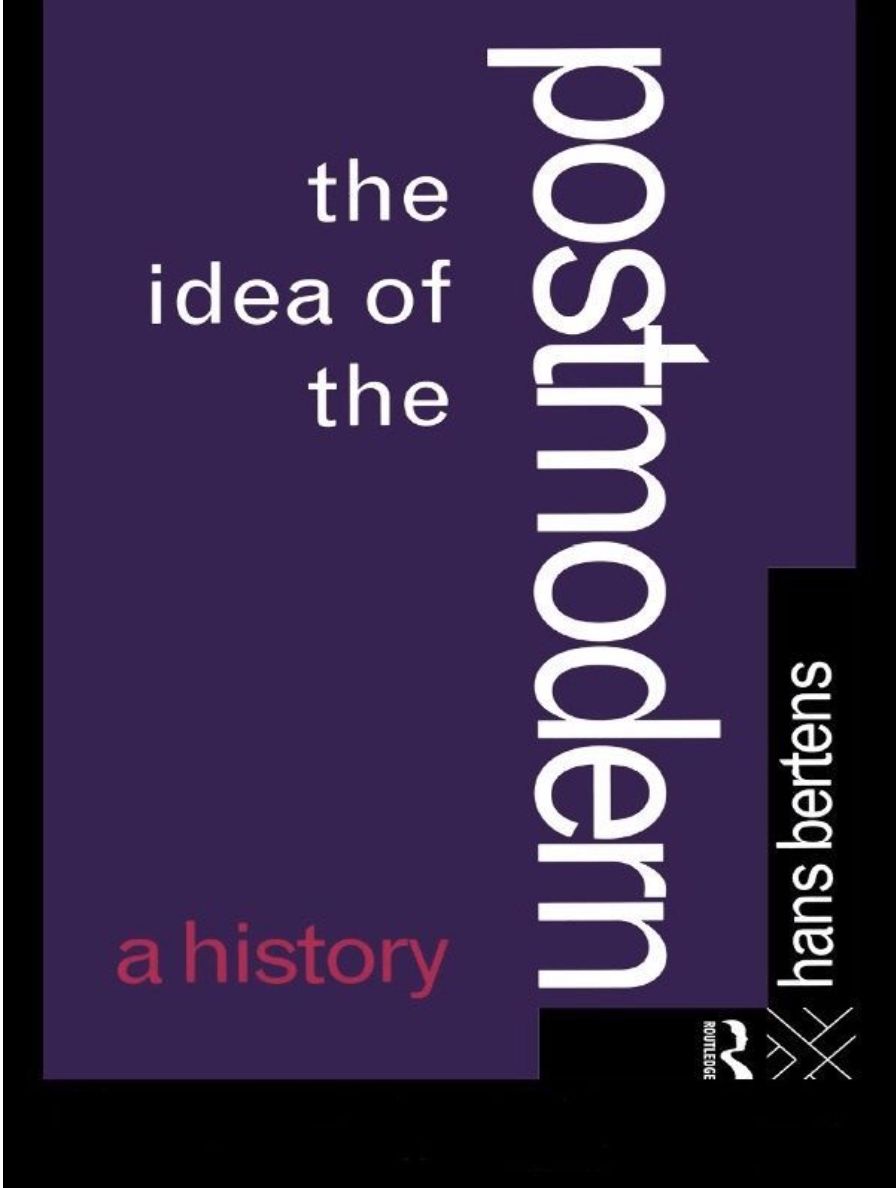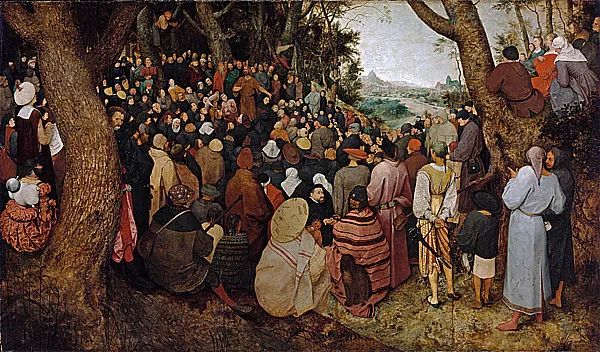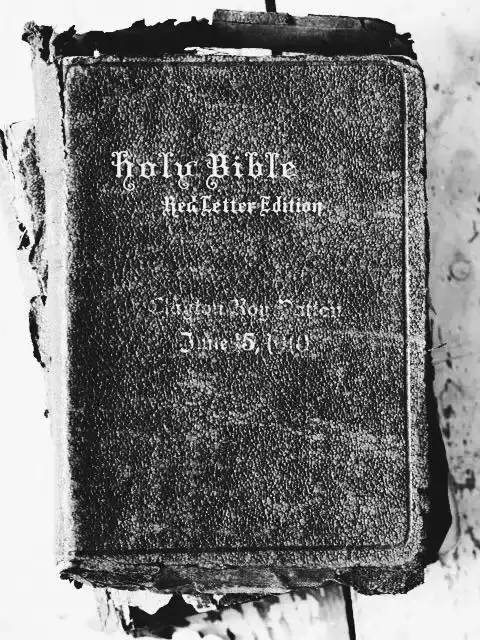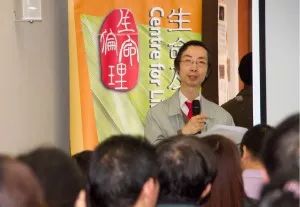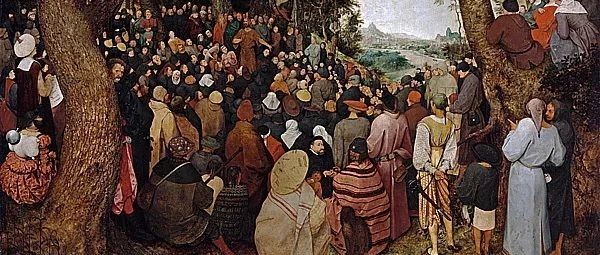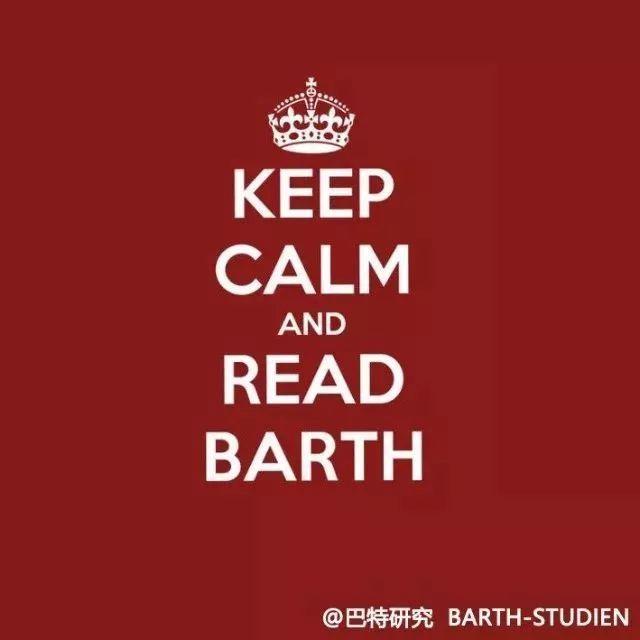1.William Stacy Johnson, The Mystery of God; Karl Barth and the Postmodern Foundations of Theology《上帝的奧秘:巴特與神學的後現代基礎》,Louisville, Westminister Johe Knox Press,1997。
2.Karl Barth,Church Dogmatics《教會教義學》,卷Ⅰ:上帝的道的教義,首部,Edinburgh, T & T Clark, 1975。為方便起見,文中引述此書者皆縮寫為“CD I/1”。
3.David Ray Griffin等著,Introduction:Constructive Postmodern Philosophy<引言:建構性後現代神學>,Founders of Constructive Postmodern Philosophy:Peirce,James,Bergson,Whitehead,and Hartshorne, Albany, State University of New York,1993,頁1-33。
4.Thomas Guarino, Postmodernity and Five Fundamental Theological Issues<後現代性和五項基事神學議題>,Theological Studies, 57:4, 1996年12月,頁654-655。
5.Jean-Francois Lyotard, The Postmodern Condition: A Report on Knowledge《後現代狀況:知識的報告乙份》,Minneapolis, University of Minnesota Press, 1984,頁xxiv、31-46。
6.Hans Bertens, The Idea of the Postmodern:A History《後現代理念:一段歷史》,London & New York,Routledge,1995,頁11。
7.Jürgen Habermas, Modernity An Unfinished Project<後現代生,一個尚未未完成的企劃》,載Charles Jencks編,The Post-modern Reader, New York St.Martin’s Press, 1992,頁158-169。
8.余達心,<超越的放逐與重尋——後現代文化剖析與批判>,見《中國神學研究院期刊》,1997(1),頁9-34。
9.Ihab Hassan, Pluralism in Postmodern Perspective<後現代角度下的多元主義》,The Post-modern Reader,同前,頁196-199。
10.Frederic Jameson, The Cultural Logic of Late Capitalism<後期資本主義的文化選輯》,Postmodernism,or The Cultural Logic of Late Capitalism,Durham, Duke University Press, 1990,頁12。
11.Bertens,《後現代理念:一段歷史》,同前,頁9-11。
12.Lawrence Cahoone,Introduction<引言>,From Modernism to Postmodernism:An Anthology, Lawrence Cahoone編,Oxford,Blackwell, 1996,頁13-17。
13.F. Jameson,《後期資本主義的文化邏輯》,同前,頁15。
14.同上。
15.同上,頁15-16。
16.Brian D. Ingraffia,Postmodern Theory and Biblical Theology《後現代理論和聖經神學》,Cambridge;Cambridge University Press,1995,頁178。
17.Christopher Norris;Deconstruction:Theory and Practice《解構主義。理論與實踐,London & New York:Routledge, 1982,頁44。
18.同上,頁44-45。
19.B. Ingraffia,《後現代理論和聖經神學》,同前,頁179。
20.同上。
21.Patricia Waugh, Practising Postmodernism Reading Modernism《實踐後現代主義,閱讀現代主義》,New York, Edward Arnold, 1992, 頁118-135。
22.John E. Thiel, Nonfoundationalism《非基礎主義》,Minneapolis, Fortress, 1994, 頁12。
23.楊大春,《後結構主義》,台北:楊智文化,1997,頁159-163。
24.有關巴特與德希達的討論,可參Graham Ward,Barth, Derrida and the Language of Theology《巴特、德希達和神學語言》,Cambridge,Cambridge University Press,1995。
25.汪亞明,<後現代美學>,見鄭祥福,孟樊主編,《後現代學科與理論),台北:生智文化事業,199,頁49。
26.曾慶豹,<形上學的終結與神學的開端——卡爾巴特、德裏達在後現代的路上>,見《佛學研究論文集》1996,頁239.241。
27.同上,頁241-243。
20.Bill Readings, Introducing Leotard: Art and Politics《介紹李歐塔:藝術和政治》,London & New York, Routledge, 1991,頁xxxi。
29.同上,頁4-5、22-23。李歐塔反對德希達把圖示的解構力約化為語言指涉(linguistic signification)的內部問題。詳見同上,頁5。
30.Ludwig Wittgenstein,Philosophical Investigations《哲學探究》,第三版,New York,Macmillan Publ.,1968,頁223。
31.Ludwig Wittgenstein, Zettel《筆記》,G. Anscombe及G.von Wright編,G.Anscombc譯,Oxford, Blackwell, 1967,頁219。
32.A. C. Grayling, Wittgenstein《維根斯坦》,New York, Oxford University Press, 1988,頁106。
33.C. Norris,《解構主義:理論與實踐》,同前,頁8-11。
34.楊大春,《後結構主義》,同前,頁149。
35.Waugh,(實踐後現代主義,閱讀現代主義》,同前,頁118-135。女性主義亦有多個門派,綜覽可參王逢振,《女性主義》,台北:楊智文化,1995。36.在此巴特反對把「道」或「說話」(word)單單視為人的自我表達,為被動性:而把「作為」(act)視為隨之而來在四周的世界作相對性改變(relative alteration),為主動的參與歷史,參CD I/1,同前,頁144。
37.楊大春,《福柯》,台北:生智文化事業,1997,頁107-108。
38.Michael Foucault, Two Lectures<雨篇講章>,見Power / Knowledge:Selected Interviews and Other Writings 1972-1977, New York, Pantheon Books, 1980,頁96-99。
39.黃結梅,《福柯的啟示:「策略性模式」的權力分析》,見(社會理論學報),1998(秋),頁329-344。我採納黃結梅對福柯的理解。參Michael Foucault,Power and Strategies《權力和策略》,見Power / Knowledge:Selected Inter-views and Other Writings1972-1977,同前,頁142。
40.Stephen K.White,Political Theory and Postmodernism《政治理論和後現代主義》,New York, Cambridge University Press,1991,頁17-18。
41.Grenz, A Primer on Postmodernism 《後現代初階》,Grand Rapids, Eerdmans, 1996,頁131。
42.Foucault,《兩篇講章》,同前,頁133。
43.同上,頁131、133。
44.Michael Foucault, Nietzsche, Genealogy, History<尼采,系譜學、歷史>,見Donald Bouchard編,Language, Counter-Memory, Practise, Ithaca, Cornell University Press, 1977,頁164。
45.Michael Foucault, The History of Sexuality<性別歷史>,Power / Knowledge: Selected Interviews and Other Writings1972-1977,同前,頁193。
46.Grenz,《後現代初階》,同前,頁133。
47.Andrew Feenberg, Alternative Modernity The Technical Turn in Philosophy and Social Theory《另類現代性:哲學和社會理論的科技轉向》,Berkeley, University of California Press, 1995, 頁78。
48.黃結梅,<福柯的啟示>,同前,頁344。
49.楊大春,《福柯》,同前,頁118。
50.黃結梅,<福柯的啟示>,同前,頁344。
51.參CD I/1,同前,頁150。
52.巴特指出「律法是在福音之中,是從福音而來,是指向福音的。」(The Law is in the Gospel, from the Gospel and points to teh Gospel.)Karl Barth, Gospel and Law<福音與律法>,見Will Herberg編,A. M. Hall譯,Community, State and Church, Garden City, Doubleday and Co., 1960, 頁72。
53.若然人作不信和不服從的回應,巴特認為人便選擇了「不可能的可能性」(an impossible possibility)。
54. Geoffrey W. Bromiley, Introduction to the Theology of Karl Barth《卡爾·巴特神學簡介》,Grand Rapids, Eerdmans, 1979, 頁9。
55.Lyotard,<後現代狀況:知識的報告乙份>,同前。頁6-9、41-47。參鄭祥福,《李歐塔》,台北:生智文化事業,1995,真23-28。
56.同上,29-30。李歐塔對混雜主義(eclecticism)引的例子很一針見血。見Lyotard,(後現代狀況:知識的報告乙份》,同前,頁76。
57.Bertens,《後現代理念:一段歷史》,同前,頁124。
58.Bill Readings,《介紹李歐塔:藝術和政治》,同前,頁64。
59.同上,頁64-69。
60.Lyotard,《後現代狀況:知識的報告乙份》,同前,頁61。
61.同上,頁71-82。
62.Waugh,《實踐後現代主義,閱讀現代主義》,同前,頁26。
63.同上,頁26-31。
64.同上,頁26、31。李歐塔在書末作以下呼籲:「讓我們向全體性宣戰;讓我們作無法呈現的見證人;讓我們發動相異和拯救那名號的名聲。」(Lyotard,)<後現代狀況:知識的報告乙份>,同前,頁82。)
